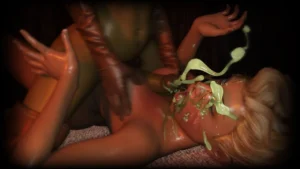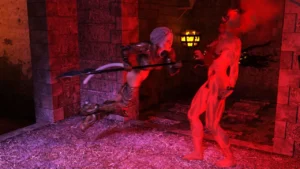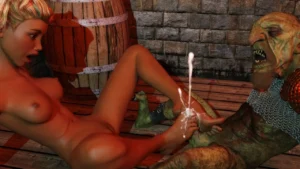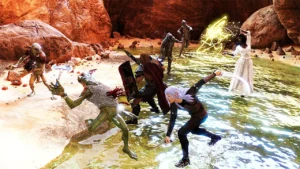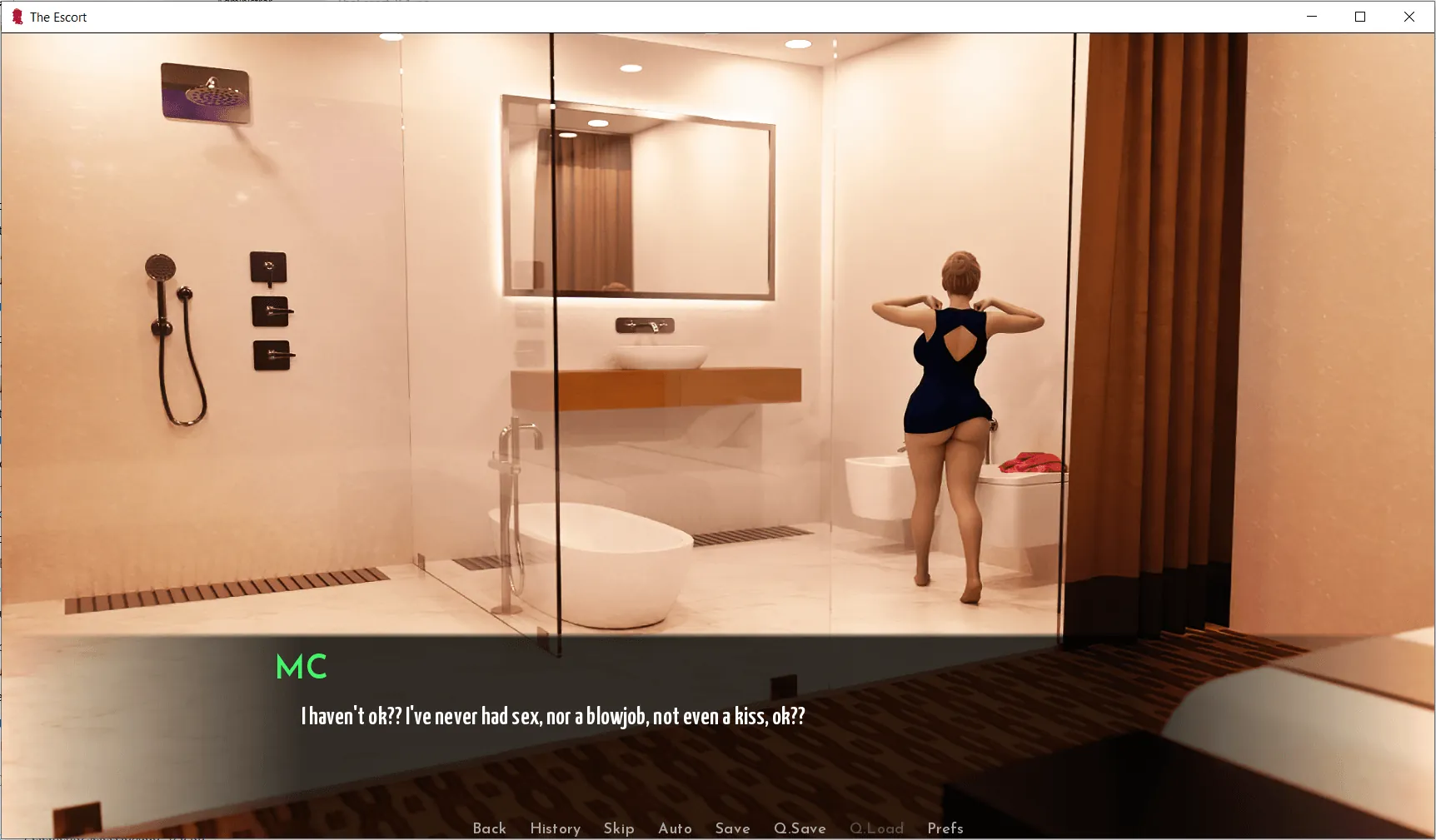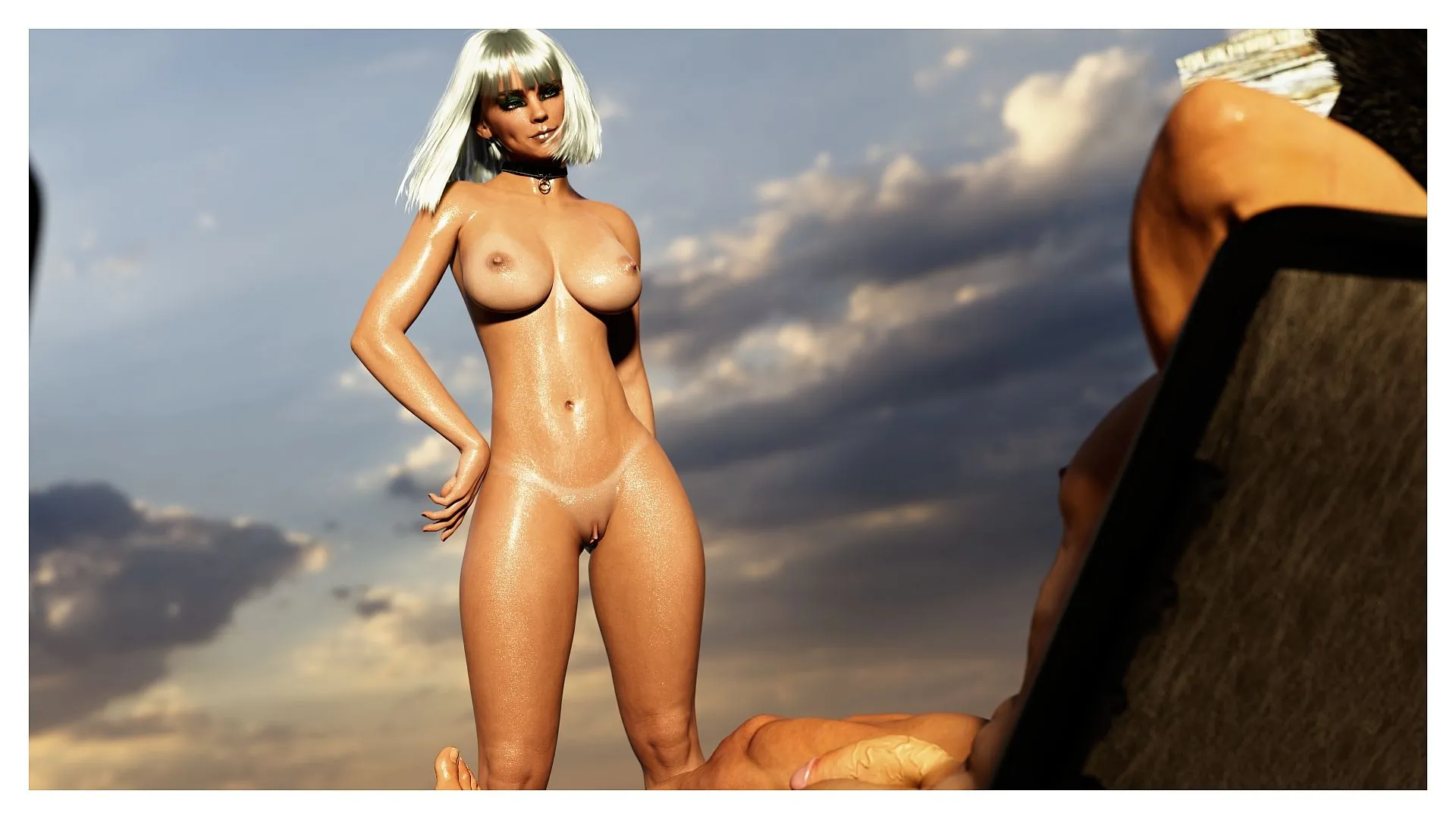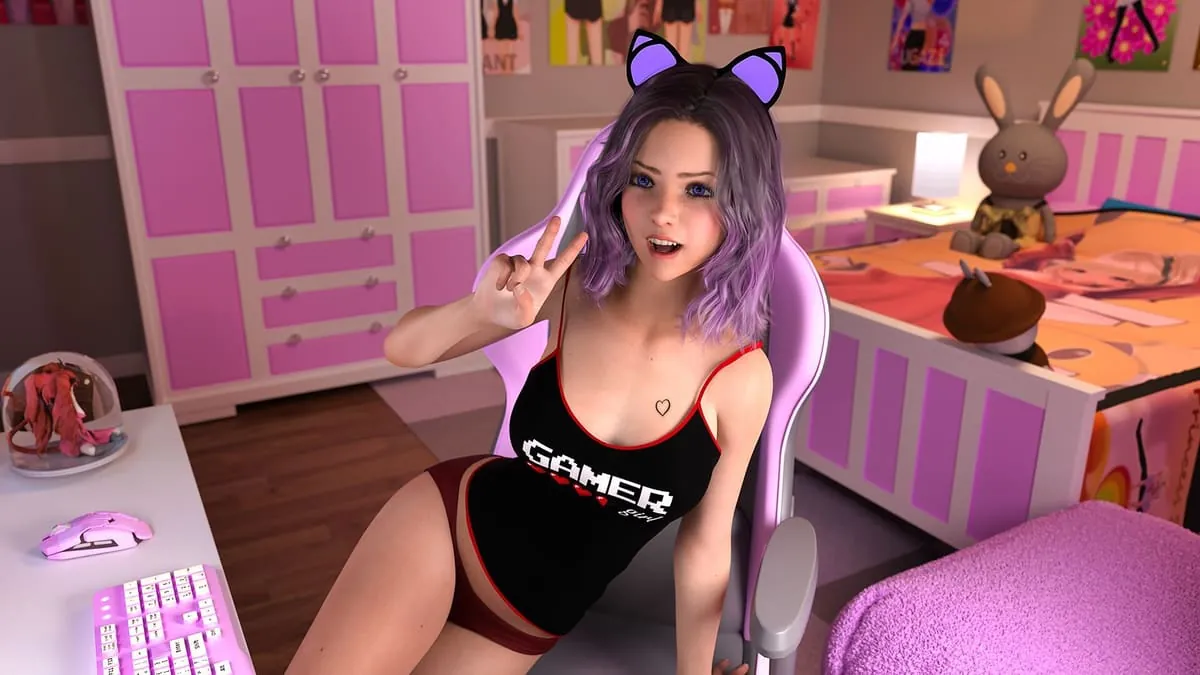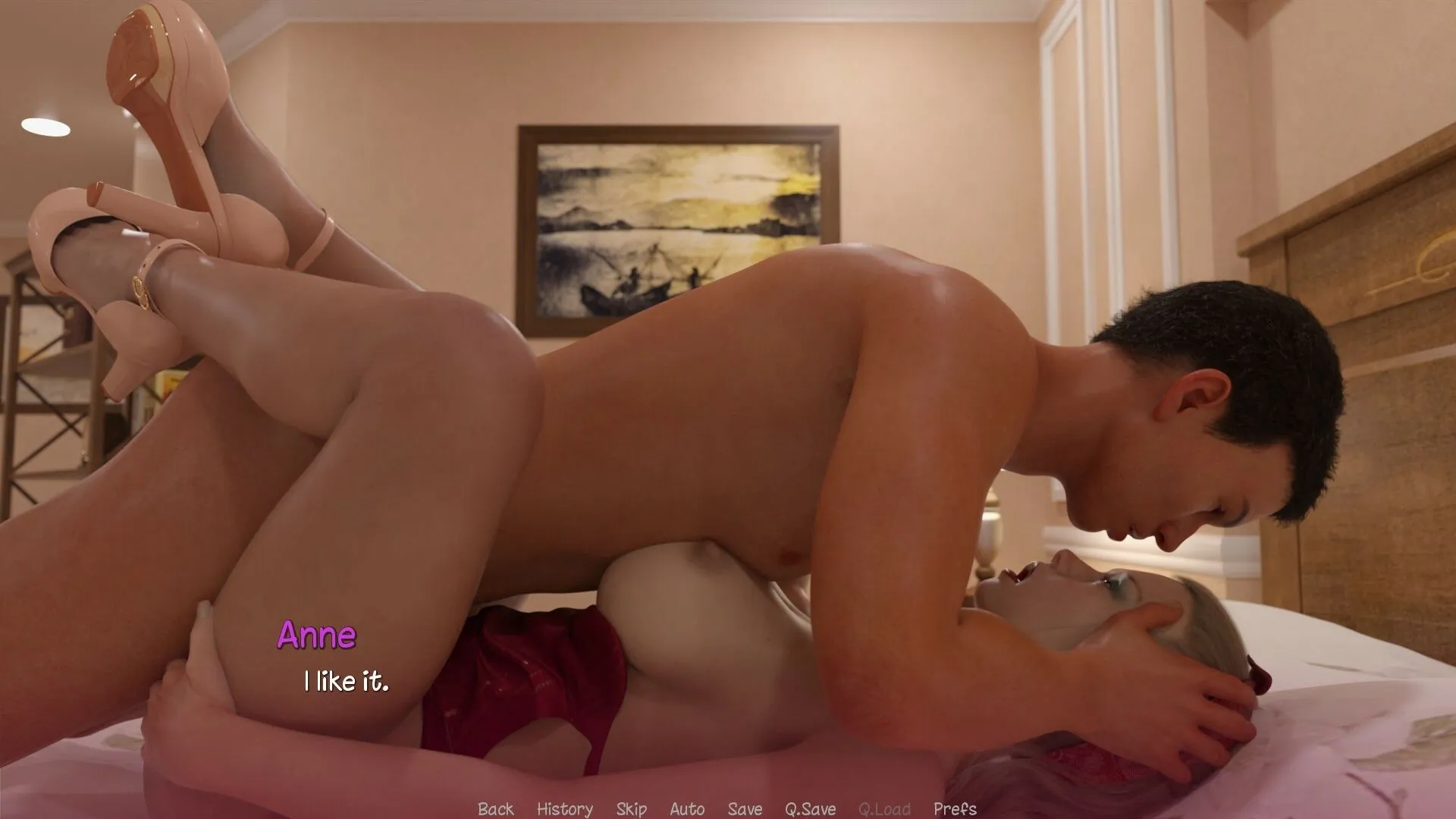
Healslut
Play Healslut
Healslut review
A Deep Dive into the Healslut Phenomenon and Gameplay Dynamics
The Healslut game has carved a unique niche within the Overwatch community, blending gameplay with a distinctive player identity focused on healing roles. This article unpacks what the Healslut game is, how it plays out in Overwatch, and why it has sparked both intrigue and discussion among gamers. Whether you’re curious about the gameplay mechanics or the social dynamics behind the Healslut phenomenon, this guide offers a comprehensive look into this captivating aspect of gaming culture.
Understanding the Healslut Game in Overwatch
Ever found yourself in an Overwatch match, completely absorbed in keeping your team alive, feeling a unique sense of purpose that goes beyond just winning? 🤔 You’re not alone. This intense, dedicated form of support play has evolved into a fascinating player-driven phenomenon often referred to as the Healslut game. It’s a style of play that transforms the Overwatch healer role from a simple set of actions into a deeply immersive experience.
This chapter will dive into what this truly means, how it plays out on the battlefield, and why it’s become such a significant part of the game’s culture. We’ll explore everything from the precise Mercy gameplay that defines it to the vibrant Healslut community that supports it. Let’s get started! ✨
What is the Healslut Game?
At its core, the Healslut game is a role-playing approach to playing a support character in Overwatch. It’s not an official game mode or a feature added by the developers; it’s a culture born entirely from the player base. Participants, often playing heroes like Mercy or Ana, adopt a mindset of unwavering dedication to their team, particularly to a “Tank” player. This isn’t just about clicking on teammates to heal them; it’s about embracing a player identity in gaming that is subservient, attentive, and fiercely protective.
The term itself can be misleading if you only focus on the first half. The “game” aspect is crucial. It’s a voluntary, consensual, and strategic choice made by players to enhance their enjoyment. They find satisfaction in enabling their team’s success from a position of vital support. This playstyle emphasizes the incredible healer and tank synergy that Overwatch is known for, taking it to a more personal and pronounced level. For those who engage in it, the Healslut game is about finding joy in the success of others, a unique form of teamwork that is both effective and emotionally rewarding. 🛡️➕💖
Think of it as taking the core principles of the Overwatch healer role—utility, awareness, and selflessness—and amplifying them through a layer of personal role-play. It’s a way to make every match tell a small story of loyalty and collaboration.
Gameplay Mechanics and Player Roles
So, how does this philosophy translate into actual gameplay? It all comes down to mastering Overwatch support mechanics with a specific focus. Let’s take Mercy gameplay as the prime example. Mercy is arguably the poster-hero for this style due to her kit, which perfectly facilitates this dedicated role.
Her ability to latch onto a single ally with her Caduceus Beam and follow them closely with Guardian Angel is mechanically ideal. A player engaged in the Healslut game will often “pocket” a Tank, like Reinhardt or Roadhog, ensuring their beam is almost permanently attached, boosting damage or healing as needed. This creates an incredibly powerful duo that can dominate a fight. The gameplay loop is intense: watch your partner’s health bar, anticipate damage, use cover, and fly to safety when needed. It’s a dance of constant awareness and reaction. 🩹
This playstyle isn’t limited to Mercy, though she is the most iconic. Other supports offer different flavors of this dedicated support role.
| Hero | Key Abilities for this Playstyle | Synergy Focus |
|---|---|---|
| Mercy | Caduceus Beam (Heal/Boost), Guardian Angel | Excellent for pocketing a single dive Tank (e.g., Winston) or damage dealer. |
| Ana | Biotic Rifle (Scope Heals), Nano Boost Ultimate | Perfect for enabling a powerful Tank (e.g., Reinhardt) from a safe distance. |
| Brigitte | Repair Packs, Inspire Passive Healing | Ideal for sticking close to brawling Tanks and providing sustained aura healing. |
| Zenyatta | Orb of Harmony, Orb of Discord | Great for supporting a flanking Tank while contributing significant damage. |
The success of this approach hinges on communication and trust—the cornerstones of healer and tank synergy. The Tank player needs to be aware of their support’s position and create space for them to operate safely. In return, the support ensures the Tank becomes an unstoppable force. This dynamic is a powerful example of how the Healslut game leverages existing Overwatch support mechanics to create a specialized and highly effective way to play. 🎯
Pro Tip: If you’re trying this style, communication is key! Use voice chat or the game’s ping system to let your Tank know your status. A simple “I’m with you” can make all the difference.
Community and Cultural Impact
The Healslut game extends far beyond the boundaries of a single match. It has fostered a robust and creative Healslut community where players connect, share experiences, and solidify this unique player identity in gaming. This community thrives on platforms like Discord and Reddit, where members discuss strategies, share memorable gameplay clips, and form groups for playing together.
For many, this isn’t just a way to play; it’s a way to belong. The community provides a space for players who enjoy this supportive role to celebrate it without judgment. They create fan art, write stories, and develop a shared vocabulary that enriches the experience. This cultural impact shows how a game’s mechanics can inspire a social phenomenon that enhances long-term engagement. 🤝
Let me share a story that illustrates this perfectly. I once grouped up with a player named “Kael,” a dedicated Reinhardt main. I chose Mercy, signaling my intent to play a hard-pocket style. From the first moment on Temple of Anubis, our synergy was electric. 🚀 Kael would charge forward, and I’d be right behind him, beam latched on. When he raised his shield, I’d hide safely. When he landed a Earthshatter, I’d damage-boost his follow-up swings. We didn’t need to speak much; the gameplay was our conversation. After a hard-fought victory, he messaged me: “That was the best support I’ve ever had. Thank you.” That feeling of being recognized and appreciated for your specific role is a core driver of the Healslut community.
This sense of identity is powerful. Players aren’t just “a Mercy player”; they are participants in a shared narrative. They embrace the aesthetics, the mannerisms, and the ethos of their chosen role, which adds a rich, performative layer to Overwatch healer role. It transforms the game from a simple shooter into a collaborative story where everyone has a part to play.
Ultimately, the Healslut game is a testament to the creativity of players. It demonstrates how they can take the tools given to them by developers and build something entirely new, meaningful, and enduring. It’s a celebration of support, synergy, and the unique connections we forge in virtual worlds. 💫
The Healslut game represents a fascinating intersection of gameplay strategy and player identity within Overwatch. By embracing the healer role with dedication and style, players create a unique dynamic that enriches both the game and its community. Whether you’re a casual player or a dedicated fan, exploring the Healslut phenomenon offers insight into how gaming can foster creativity, connection, and new forms of expression. Dive in, try the role yourself, and experience the distinctive world of the Healslut game.



